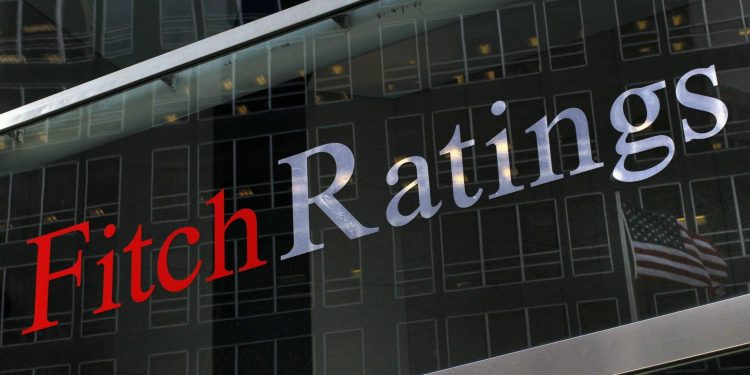Trade credit insurers have been resilient to the effects of the pandemic, Fitch Ratings says, helped by sound risk underwriting, limited corporate insolvencies, and government-backed reinsurance to maintain confidence in the sector, in recognition of its importance to global trade.
We expect the sector’s 2021 results to be robust, supported by continued low default rates. Credit insurers have started to increase their risk appetite for new business as the economy recovers.
Fiscal stimulus during the pandemic has helped to prevent widespread corporate insolvencies, and several governments have provided backstop-style reinsurance to trade credit insurers to help ensure the continued supply of insurance cover for trade. This is an important endorsement of the sector as the alternative would have been for governments to step in and provide cover themselves given the insurers’ ability to rapidly withdraw cover to cut their exposure to high risks. We expect that most of the government support schemes will be phased out by end-June 2021.
Fitch does not formally factor state support into credit insurers’ ratings. However, it can become a meaningful part of Fitch’s analysis during periods of stress. The primary purpose of the government-backed reinsurance schemes during the pandemic was not to protect insurers’ results; it was to keep the trade credit insurance market open by incentivising insurers to continue operating as normally as possible despite extreme uncertainty.
The sector’s 2020 results were robust due to far fewer bankruptcies than in previous recessions driving very low levels of claims. Credit insurers reduced their overall risk exposure and pro-actively adjusted their individual and sector exposures to make their portfolios more defensive. The recession drove lower trade volumes globally but had only a limited impact on credit insurers’ revenue due to premium rate increases and good client retention.
The government reinsurance schemes helped to support the insurers’ capital positions. However, the net effect of the schemes on earnings will ultimately be negative given the limited reinsurance claims triggered, with governments retaining the unused surpluses as the schemes expire.
Credit insurers could face increasing claims from unprecedented low levels starting in 3Q21, particularly from SMEs). However, we expect corporate insolvencies to be one-third to two-thirds lower than in previous crises, and most corporate credit profiles to normalise back to pre-pandemic levels from 2022.
Credit insurers have started re-risking their portfolios in step with their clients’ growth as the pandemic eases in many parts of the world. The impact of higher claims should be largely offset by top-line growth due to rising insurance demand as the global economy recovers.
The removal of government-backed reinsurance schemes should also help to support the sector’s profitability in the next 12-24 months as insurers will no longer have to cede the associated premiums. Trade credit insurance is one of the most profitable non-life insurance sectors, with a Fitch-estimated through-the-cycle combined ratio of about 80%.
Credit insurers’ exposure to certain companies or industries that could come under pressure as fiscal stimulus subsides could be a risk once government-backed reinsurance schemes are withdrawn.
However, the sector is largely shielded by the short-tail nature of credit insurance business, which enables insurers to act fast to limit the impact of a deteriorating environment. Payables are typically shorter than 180 days, and insurers can usually pull cover on future payables on an individual basis with immediate notice.








